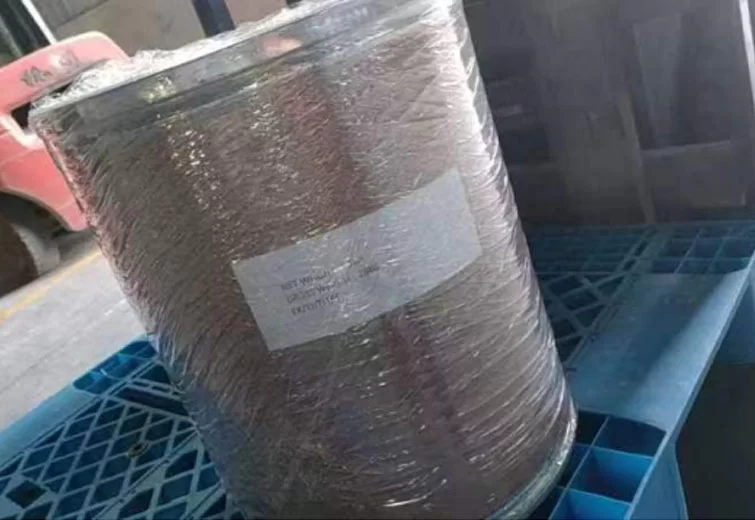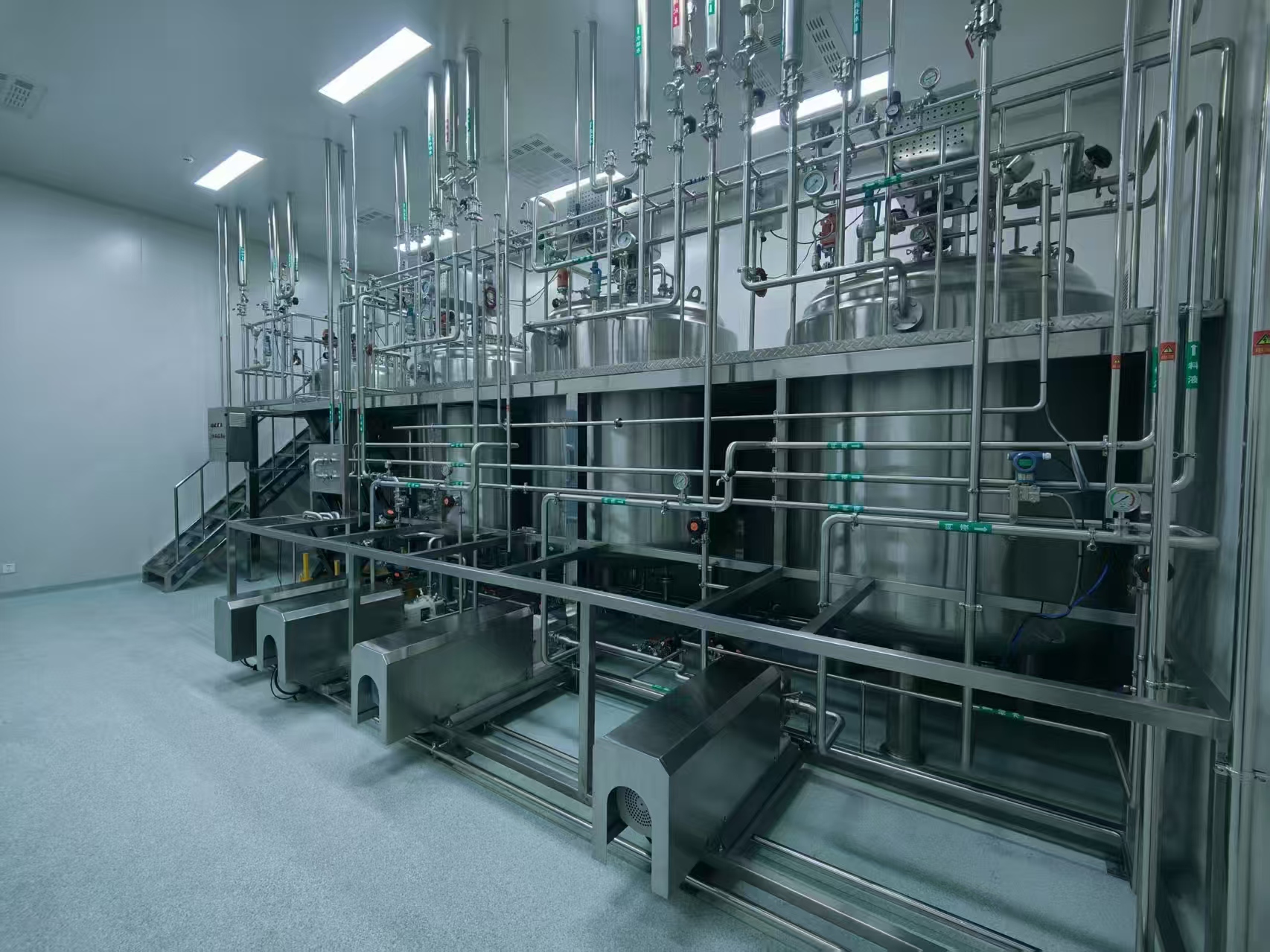![[object Object]](https://www.hbjrain.com/images/2025/07/22.jpg)
Boscalid
Diniconazole is a new type of nicotinamide-based fungicide developed by BASF of Germany. It is mainly used for the prevention and control of powdery mildew, gray mold, various rot diseases, brown rot, and root rot, etc. It was registered in the UK, Germany, and Switzerland in 2004 [1]. Diniconazole belongs to the inhibitor of succinate coenzyme Q reductase in the mitochondrial respiratory chain and has a strong inhibitory ability on spore germination. It has no cross-resistance with other fungicides.
Chemical name: 2-chloro-N-(4'-chlorodiphenyl-2-yl) nicotinamide
Toxicity: Acute oral > 2000mg/kg; acute dermal > 2000mg/kg, it is a low-toxicity fungicide
Diniconazole is a new type of nicotinamide-based fungicide with a wide spectrum of fungicidal activity. It is active against almost all types of fungal diseases and is very effective in the prevention and control of powdery mildew, gray mold, mycelial rot, and various rot diseases, etc. It is also effective against resistant bacteria to other fungicides and is mainly used for the prevention and control of diseases in crops such as oilseed rape, grapes, fruit trees, vegetables, and field crops. It has no cross-resistance with carbendazim and triadimefon, etc.
Boscalid Customer Reviews
Boscalid FAQs
-
80%High PurityEnsure the reliability of each product.
-
58%Fast-Acting FormulaQuickly provide visible effects
-
Which fungal diseases respond best to Boscalid treatments?
Which fungal diseases respond best to Boscalid treatments?
Boscalid shows excellent activity against Botrytis, Sclerotinia, and various powdery mildews in multiple crops. It's particularly valuable in vineyards, berry production, and vegetable growing operations.
-
How does Boscalid's systemic activity enhance disease control?
How does Boscalid's systemic activity enhance disease control?
The fungicide is absorbed and redistributed within plant tissues, protecting both treated and new growth. This systemic movement provides longer-lasting protection and some curative action against existing infections.
-
How should Boscalid be incorporated into resistance management programs?
How should Boscalid be incorporated into resistance management programs?
While highly effective, Boscalid carries moderate resistance risk and should be rotated with fungicides from different chemical classes to preserve long-term efficacy against target pathogens.
-
Are there any crop sensitivity concerns with Boscalid use?
Are there any crop sensitivity concerns with Boscalid use?
Most crops tolerate Boscalid well when used according to label directions, though some varieties may show sensitivity. Always consult the label and consider small-scale testing when using on new crops or varieties.
-
How does temperature affect Boscalid's performance in the field?
How does temperature affect Boscalid's performance in the field?
The fungicide remains effective across typical growing temperatures, with optimal activity occurring between 60-85°F. Performance may be reduced during periods of extreme heat or cold stress.
















